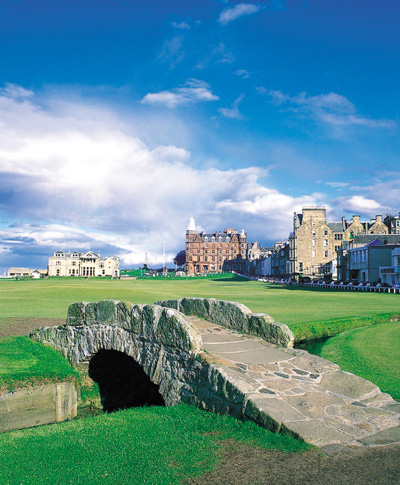First, let me say that I agree with the strength in depth argument - that the fields are stronger in depth today than in previous decades - has been discussed in previous threads
However, I take the view that the top three in any decade would be amongst the top three in any other decade, had they been born at a different time, with the same motivation to succeed as they obviously had. Their wins in a different era/decade
My view, again is that the top three players say, may win slightly fewer times in the modern age compared to earlier decades - due to all the factors mentioned in previous thread on "strength of field" (Tiger vs Jack's day), but to a lesser degree than people may expect.
What makes this discussion difficult is that the young pro's of today need to complete their careers for us to evaluate whether our view holds any water - we don't know how many wins they will have when their careers are over.
So maybe looking at this from the opposite perspective - looking at the Greats of the Game and looking at their wins and what time period this was in:
I'll list the wins on the two biggest tours (US and Euro, so exclude Australian & RSA & Japan tours for now)
Players playing from : 1990 - 2015
1) 87 wins (79 US) - Tiger
2) 44 wins (42 US) - Phil M
3) 41 wins (19 US, 22 Eu) - E. Els
4) 43 wins (34 US) - Vijay S
Players playing from : 1960 - 1980
1) 73 wins (73 US) - Nicklaus
2) 64 wins (62 US) - Palmer
3) 52 wins (51 US) - Casper
4) 31 wins (29 US) - Trevino
Players playing from : 1945 - 1970
1) 82 wins (82 US) - Snead
2) 64 wins (64 US) - Hogan
3) 53 wins (52 US) - Nelson
(note Palmer overlapped here also)
If I removed this factor and calculated the points of the players (as though they played in the same era), the following changes to their "Ranking Position" would apply: -
Walter Hagen up 1 position to # 5 above G. Player
Byron Nelson up 1 place just below Tom Watson & ahead of Phil M.
Gene Sarazen would move up 1 place above E. Els
Harry Vardon would move up the most - 5 places to above E. Els
John Ball would move up 4 places
Jim Barnes up 1 place
etc..
So there is a downrating effect on the earlier decades applied progressively. Another factor to consider is that there are more tournaments today than in mid 1900's & before - this also "down rates" the Ranking of earlier players - same effect as counting their wins as less significant when allocating points for ranking of "Greatest Golfers".









